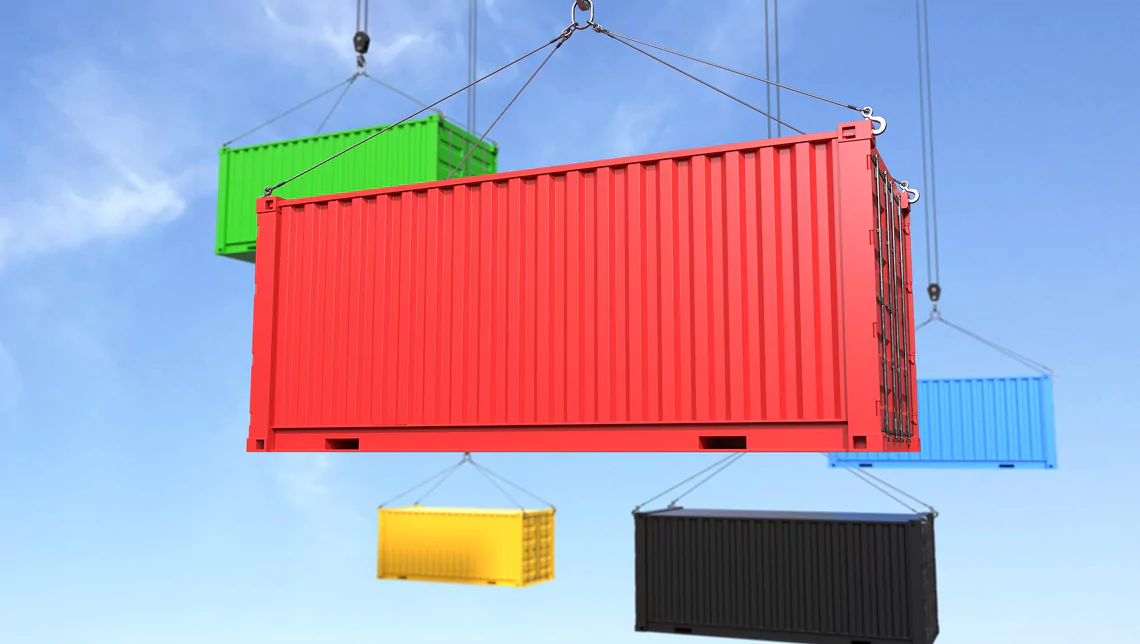Summary
INTECH collaborated with a leading logistics company to create an automated smart storage solution. The solution integrated machine learning with AI-powered reinforcement learning (RL) to enhance vessel stability and optimize container management for greater operational efficiency.
About the Client
The client specializes in container management, overseeing large-scale loading and unloading operations at multiple facilities.
With over 26,000 container locations to manage, they required a smart system to enhance their operational efficiency and meet the demands of their dynamic logistics environment
Client’s Challenge
The client’s team needed an effective way to allocate their container management resources.
The traditional process was slow and couldn’t handle the complexity, making it difficult to predict the best placement position for a specific type of container.
Their key challenges included the following:
1. Allocating resources efficiently to manage thousands of container locations.
2. Maintaining vessel stability to ensure safety and operational cost-efficiency.
3. Addressing the NP-hard nature of the optimization problem, making traditional algorithms impractical for large-scale operations.
4. Managing multi-objective constraints in real-world scenarios, such as optimizing the placement of 10,000 containers.
These challenges hindered client’s ability to meet the growing demands of the global supply chain, limiting their operational efficiency and increasing costs in a highly competitive industry.
The Solution
To address these complex container management challenges, INTECH developed a custom AI-driven reinforcement learning (RL) solution that optimized container placement and vessel balancing.
Key Features
-
Reinforcement Learning Optimization: The solution used reinforcement learning (RL) to optimize container placement by continuously interacting with the environment and adapting for improved decision-making.
-
Deep Q-Network (DQN): A Deep Q-Network (DQN) was implemented to evaluate multiple scenarios and optimize container placement in real time, ensuring efficient decision-making.
-
Real-Time Decision Making Designed for rapid decision-making, the solution provided container optimization recommendations in under 1 minute, essential for dynamic logistics operations.
-
Multi-Objective Optimization: The system balanced multiple competing objectives, such as space utilization, safety, and resource optimization, to achieve optimal outcomes.
-
Enhanced Resource Utilization: The solution also optimized yard-side resources, such as cranes and trucks, to further enhance the operational efficiency.
Implementation Approach
1.Model Training and Reward Engineering:
The first step in the implementation was to train the reinforcement learning model using historical data.
This involved simulating different container placement scenarios and using reward engineering to ensure that the model learned to balance competing objectives like safety, efficiency, and cost.
2. Real-Time Integration with Operational Systems:
Once trained, the model was integrated with the client’s existing operational systems through the Flask API. This allowed real-time container optimization, with the system providing container placement suggestions based on current logistics conditions.
3. Testing and Iteration:
The solution was thoroughly tested in real-world scenarios, with continuous monitoring and iteration to ensure that the model adapted to changing conditions and improved over time.
The system was then fine-tuned to ensure that the optimization algorithm worked efficiently for all container placement challenges, whether for 1,000 containers or 10,000.
4. Deployment and Monitoring:
The final solution was deployed across client’s operations, where it began delivering real-time container optimization. Continuous monitoring ensured that the system remained aligned with the client’s business goals, and periodic adjustments were made to improve performance further.
Key Outcomes
Results
-
Improved real-time decision-making,resulting in faster response times for container management.
-
Optimized resource allocation, increasing the utilization of yard-side resources like cranes.
-
Strengthened safety measures by ensuring more stable vessel operations, minimizing any collision risks.
-
Boosted overall operational efficiency, enabling the client to manage larger-scale logistics with greater accuracy.
Tools and Technologies Used
-
Python: Used Python for developing the core AI and ML components, ensuring efficient computation and seamless integration.
-
PyTorch: Used PyTorch for building and training deep learning models, enabling rapid iteration and deployment.
-
Flask API: Developed a Flask-based API to enable smooth communication between the AI model and client’s existing systems.
-
Data Processing Tools: Applied advanced data processing techniques for cleaning, feature engineering, and optimization, ensuring high-quality input data.
Download Revolutionizing Logistics Operations with AI-Powered Container Optimization case study from here.


